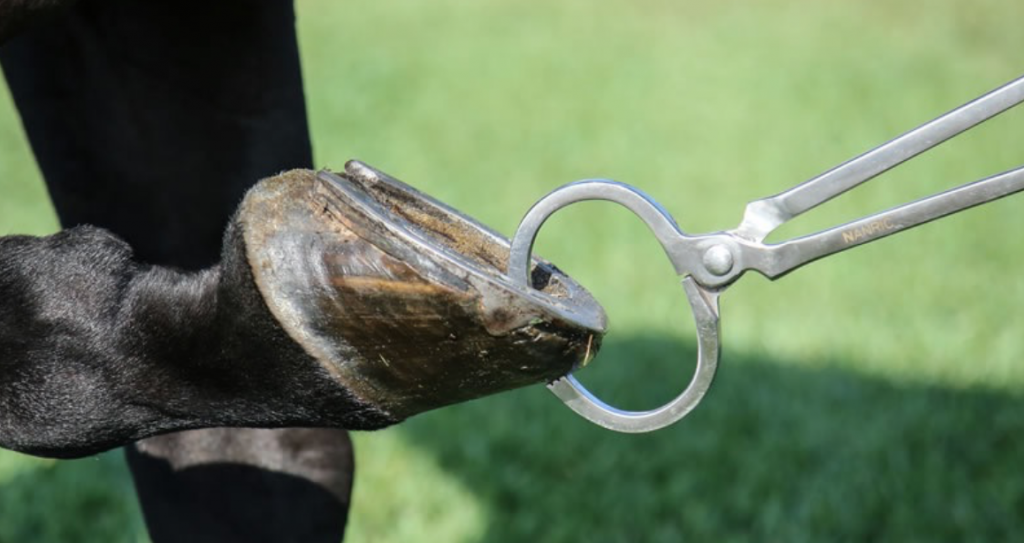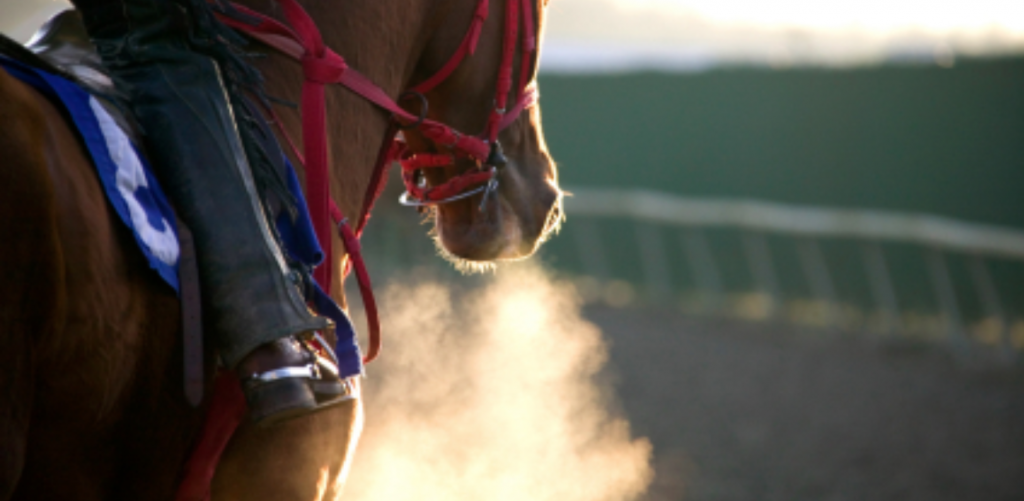By Dr. Steven Allday, DVM
In a lot of ways, taking care of a sick horse can be a lot like taking care of a sick toddler. You can tell they’re hurting, but they don’t have the words to tell you what’s wrong. It’s up to us as their caretakers, to read the sometimes very subtle signals they give us. Equine medicine is filled with baffling and confusing symptoms, but there are some hard-to-diagnose conditions that, if checked for first, can take you right to the heart of the problem. Here’s my list of the top five contenders for most common “undiagnosables.”
Ulcers. Is your horse training relatively well, acting hungry like he wants to eat, but then turning up his nose at his food? Chances are, it’s due to ulcers. Your horse gets stressed, releases too much stomach acid, and loses his appetite. The acid creates lesions in his stomach that hurt. Your vet can diagnose it with a simple scope and prescribe a version of Prilosec for horses that will reduce the acid and help heal the lesions. Figure out what is causing stress in your horse’s training schedule and eliminate it in order to prevent a relapse.
Sore Feet. Plain old sore feet can affect a horse just like it does you or me. But in horses, it can set the stage for more serious injuries and make them significantly slower. Check your horse’s feet after exercise. If the horse flinches at your touch, or if his feet are hot to the touch but not swollen or full of fluid, sore feet could be the culprit. Finding the cause of the soreness can be trickier. It can be as simple as a poor shoeing job, or a more serious structural defect.

Strained Cannon Bone. The cannon bone extends from the knee to the ankle of the horse. When a horse is having trouble with a weak or bruised cannon bone, he can’t extend his legs as far and loses free-flowing movement. He shortens up his stride, his head comes up when he runs, and he loses speed. This can be cured with 90-120 days of rest. Left untreated, a horse with chronic cannon bone tenderness can develop micro-fractures, joint issues and possible career-ending leg injuries. A vet can confirm the diagnosis with a nuclear scan.
Airway Problems. Mysteriously slow horses often have conditions causing their lungs to bleed when they exert themselves. Many horsemen don’t see the internal bleeding, and think all they need to do is work the horse a little harder. This can cause a horse to collapse, or worse. If this sounds like your horse, have him checked by a vet for a lung infection that needs antibiotics, a chronic lung disease that needs more advanced treatment, or a lung defect that makes him unsuitable for competitions where speed is the objective.

“Tying-Up” Syndrome. Tying-up syndrome is so named because a horse’s muscles go into a systemic cramp simultaneously, becoming “tied up” – sometimes causing complete paralysis. This can be a pretty scary thing to witness. It can come from a reaction to medicines or from an electrolyte deficiency that gradually builds up to a crisis point. If ignored, the condition can progress to the horse’s kidneys and cause permanent damage. If you get to it early, it’s not a serious condition at all. The cure can be achieved in just a few days with an electrolyte solution and antioxidants.
The next time your horse is acting a little “off,” don’t just chalk it up to a bad day. A horse should be tame at all times. Most horses like what they do, and if they are acting up, that is their way of trying to tell you something. Something else could be going on, and it’s up to you and your vet to solve the mystery. Your horse will give you the answers. All you have to do is listen.
[gravityform id=”2″ title=”true” description=”true”]
